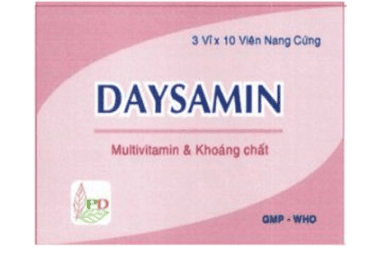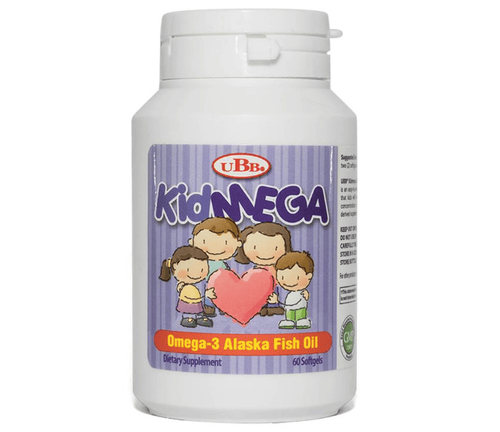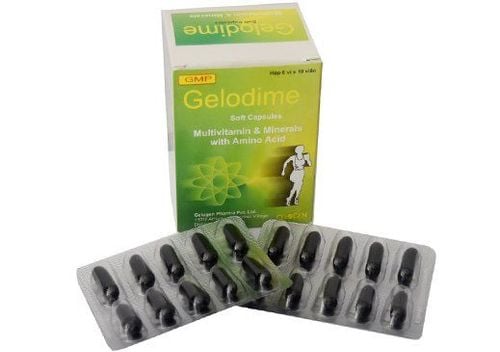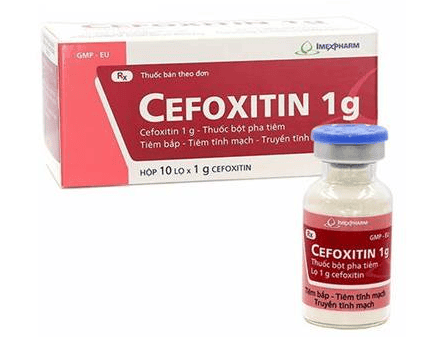This is an automatically translated article.
Hypocalcemia can occur in both adults and children, but is especially dangerous because it can leave complications affecting the long-term development of children. Hypocalcemia in children is also more difficult to detect because the disease manifestations are not really clear and gradually increase until critical. So what is a lack of calcium in the blood?
1. What is hypocalcemia?
Hypocalcemia, also known as hypocalcemia, refers to a condition in which blood calcium levels are below the normal range (normal blood calcium is above 8.8 mg/dl with total serum concentration). There are many causes of hypocalcemia in children depending on age:
Children in the first 2 weeks after birth: hypocalcemia in newborns often occurs during this period due to the need for bone growth strong, requires a very large amount of calcium, but after cutting the umbilical cord, the amount of calcium provided by the mother to the baby is no longer available, so the calcium supply through milk may not be enough for the baby's needs. Children under 6 months of age lack calcium: it may be due to diabetes in the mother, low calcium diet, low birth weight, premature birth, children fed cow's milk with a lot of phosphate, early rickets. Children with hypoparathyroidism cause hypocalcemia Children with vitamin D deficiency: inadequate vitamin D supply or children with little exposure to sunlight also disrupt vitamin D metabolism leading to hypocalcemia There are other causes such as sepsis, side effects of drugs or increased extravascular calcium deposition,...
2. What are the manifestations of hypocalcemia in children?
Depending on the severity of the disease, the child has different manifestations:
Startled at sleep with generalized spasms, red and purple face, crying that lasts for hours or all night, even stops breathing during the night. when crying Laryngeal hiss when breathing due to softening of laryngeal cartilage with laryngospasm causing hoarseness, difficulty breathing, cyanosis and sometimes apnea. During episodes of hypocalcaemia, children may have laryngospasms causing difficulty breathing, hiccups, spitting up milk,... Tetani: convulsions of the whole body, many consecutive attacks, sometimes lasting 3-4 minutes. If children are not treated for a long time, it can lead to affecting the skeletal system and cause early rickets, bone deformities, kyphosis, scoliosis,... Severe calcium deficiency can also cause apnea, increased heart rate. and can cause heart failure and even death.
3. How to treat hypocalcemia in children?
If the child has Tetani, convulsions or heart failure related to hypocalcemia, the child should be hospitalized immediately and treated with the following methods:
Calcium gluconate 1-2 mg/kg IV over 10-15 minutes, repeat Repeat the same dose after 10 minutes if necessary. Should be mixed in 5% or 10% glucose solution at a ratio of 1: 1 if necessary or 1: 5 if not urgent Get a heart rate monitor If the child has seizures, switch to Spasmophilie (maintenance) Check blood ion before and after seizure treatment Cases of children only hypocalcaemia without symptoms:
Take calcium 100-200 mg/kg/day From 10-15 days onwards if blood calcium is not normal can add vitamin D 400-500 UI/day, then prevent premature babies, low birth weight from 800-1000 UI vitamin D/day If hypomagnesemia, calcium treatment alone may not be effective, so the results Add MgSO4 0.03-0.05 g/kg/day intravenously or intramuscularly. Magnesium lactate (0.002-0.003 g/kg/day) can then be given orally and gradually discontinued for 1 month to consider the child's disorders.
4. How to prevent hypocalcemia in children?
To limit the possibility of hypocalcemia in the newborn, during pregnancy the mother should pay attention to the following:
Eat enough nutrients, eat foods containing calcium such as milk, shrimp, fish, crabs,... Periodic antenatal check-up Continue to maintain adequate diet after birth, do not abstain from eating crabs, shrimps, fish and other calcium-rich foods. Feed babies soon after birth, exclusively breast milk. in the first 6 months and until the child is 2 years old, expose the child to light to get more vitamin D. It is best for children with health problems related to hypocalcemia, parents should let the child go. Periodic health examination, if there are abnormal signs, can be promptly treated. The pediatric department at Vinmec International General Hospital is the address for receiving and examining diseases that babies and young children often have. With a system of facilities, modern medical equipment, sterile space, minimizing the impact as well as the risk of disease spread, Vinmec will bring satisfaction to customers and receive expert advice from experts. highly appreciated in the industry.
Please dial HOTLINE for more information or register for an appointment HERE. Download MyVinmec app to make appointments faster and to manage your bookings easily.













